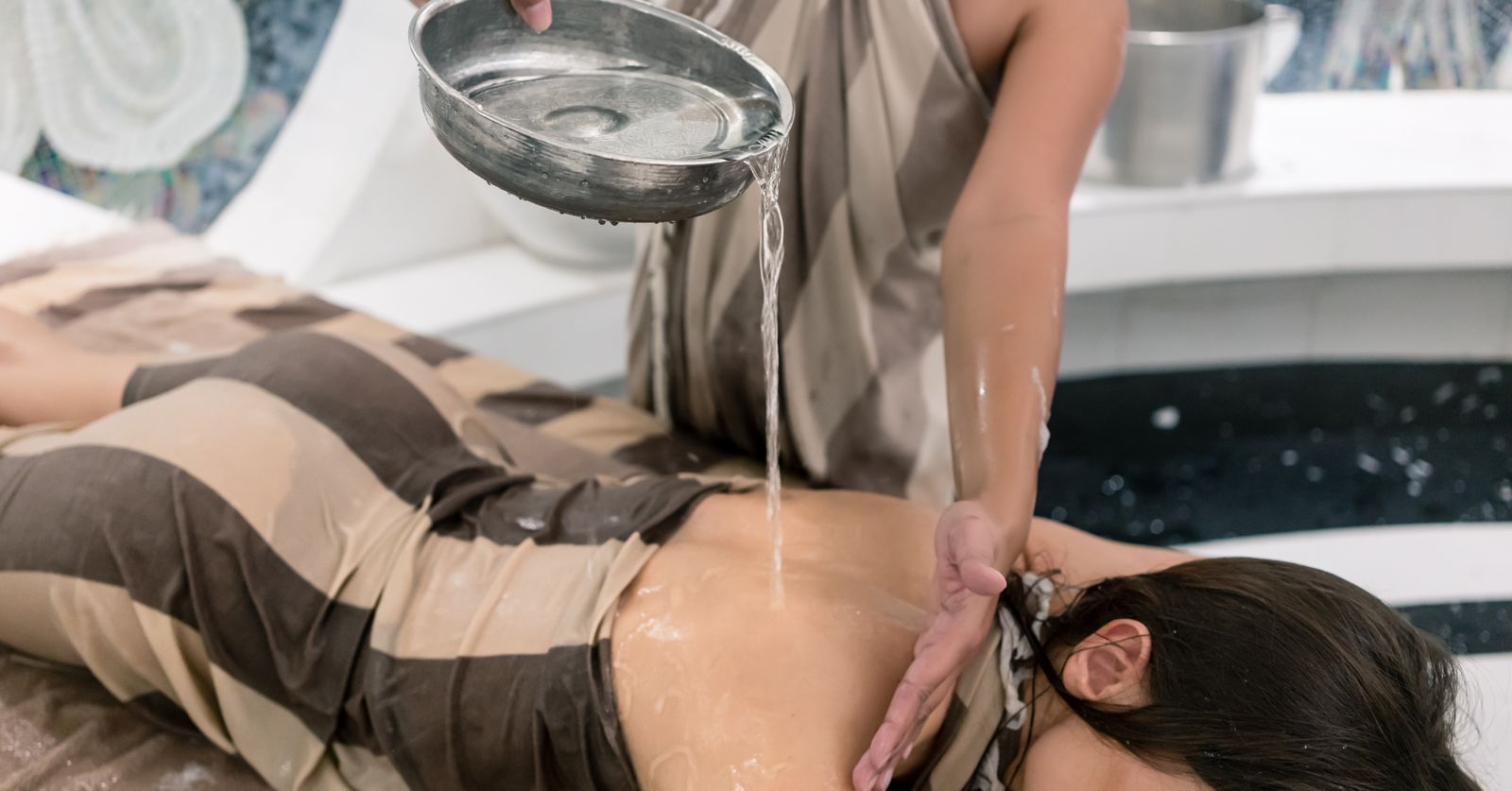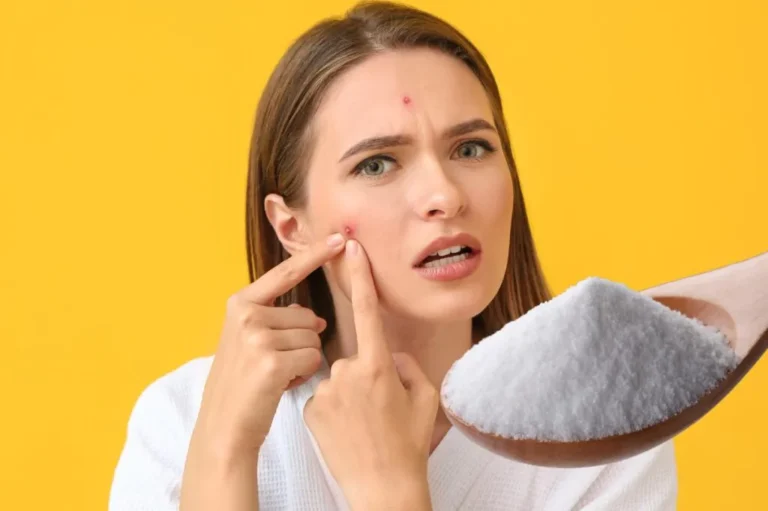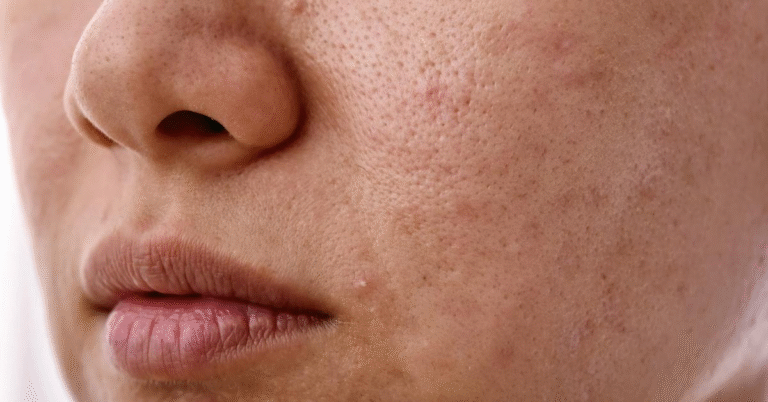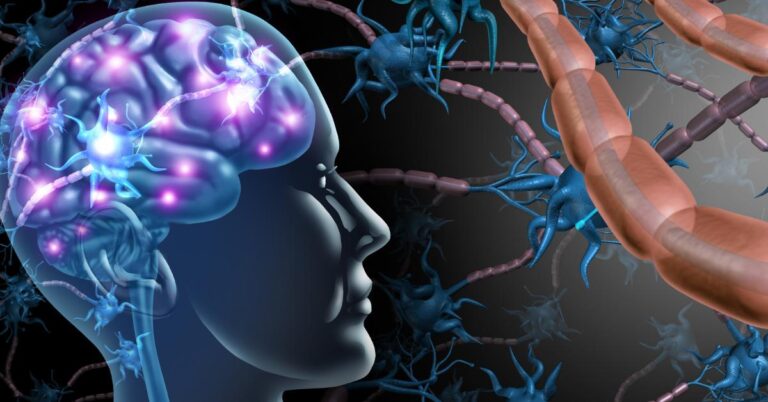Ancient Wellness Rituals That Still Work: Gua Sha, Forest Bathing & More
In an era of cutting-edge wellness technology and biohacking, it’s surprising to discover that some of the most effective health practices have been around for centuries. From the gentle scraping of Gua Sha to the meditative benefits of forest bathing, ancient rituals are experiencing a resurgence, supported by scientific evidence.
Experts and recent research have confirmed that incorporating these proven techniques into your daily routine can enhance circulation, reduce stress, support lymphatic health, and even boost immune function.
Gua Sha: More Than Just a Beauty Trend
Traditional Chinese medicine employs a technique called scraping, which involves using a smooth tool to scrape the skin, typically on the face or body. This practice promotes circulation and aids in healing.
Dr. Jennifer Tsai, OD, a New York-based integrative wellness expert, explains that gua sha improves microcirculation, reduces muscle tension, and stimulates lymphatic drainage. “It’s not just a cosmetic treatment; it’s a therapeutic one,” says Dr. Tsai.
Study Findings:
A study published in Complementary Therapies in Medicine revealed that Gua Sha enhanced circulation and alleviated pain in individuals suffering from chronic neck pain. Furthermore, a 2017 study demonstrated that facial Gua Sha resulted in an immediate increase in blood flow by up to 400%.
Try it:
Use a rose quartz or jade Gua Sha tool to apply facial oil. Gently stroke upward along your cheeks, jawline, and forehead for 3–5 minutes. Always avoid applying the tool to broken skin or rashes.
Shinrin-Yoku (Forest Bathing): The Nature-Based Stress Cure
Mindful forest bathing, a Japanese practice, involves immersing oneself in a forest environment to enhance health and well-being.
Forest bathing, a proven method, lowers cortisol levels and reduces blood pressure, according to Dr. Qing Li, a physician and author of Forest Bathing: How Trees Can Help You Find Health and Happiness. The natural environment has a calming effect on the nervous system.
Study Findings:
A meta-analysis published in Environmental Health and Preventive Medicine revealed that forest bathing significantly reduced stress hormones, heart rate, and depression scores. Moreover, participants reported improved sleep quality and enhanced mood.
Try it:
Spend at least 20 to 30 minutes in a forest or park, completely unplugged from your phone. Engage your senses by listening to birdsong, feeling the rough bark, inhaling the scent of leaves, and taking your time to walk slowly.
Abhyanga: The Ayurvedic Oil Massage for Hormone & Skin Health
What it is: A traditional Ayurvedic practice of self-massage with warm herbal oils.
“Abhyanga balances the body’s doshas, improves skin health, and supports the nervous system,” explains Dr. Suhas Kshirsagar, MD (Ayurveda), a California-based Ayurvedic physician.
Study Findings:
Research published in The Journal of Ayurveda and Integrative Medicine suggests that regular Abhyanga can lower cortisol levels, improve circulation, and strengthen the skin’s barrier function.
Try it:
Use warm sesame or coconut oil and massage your body with long strokes on limbs and circular motions on joints before showering. It’s especially beneficial before bedtime for stress relief.
Nasya: Ancient Sinus Clearing You Can Do at Home
Nasal therapy, a practice in Ayurveda, involves administering herbal oils into the nostrils to clear the sinuses and enhance brain function.
“Nasya supports mental clarity, relieves sinus congestion, and reduces anxiety,” says Dr. Bhaswati Bhattacharya, Ayurvedic practitioner and clinical researcher.
Study Findings:
Preliminary clinical trials have indicated that Nasya therapy can support respiratory health and alleviate symptoms of chronic sinusitis, especially during seasonal transitions.
Try it:
Use Anu Taila or plain sesame oil. Lie down and place 2–3 drops in each nostril. Then, inhale deeply. If you have respiratory issues, use only under guidance.
Why It Matters: Modern Science Meets Ancient Wisdom
As the wellness industry continues to evolve, more people are turning to holistic practices that prioritize mind-body balance over quick fixes. According to the Global Wellness Institute, traditional wellness practices are seeing a surge in interest due to rising mental health concerns, burnout, and the desire for natural healing.
The convergence of modern research and ancient tradition validates what healers have known for centuries: wellness is a ritual, not a pill.
Actionable Tips to Start Integrating Ancient Practices
- Try Gua Sha 3x/week as part of your skincare or de-stress routine
- Schedule a weekly forest walk—bonus points if it’s tech-free
- Start your day with a 5-minute Abhyanga massage to ground your energy
- Practice Nasya during allergy seasons or dry winter months
- Keep a wellness journal to track how your body and mind respond
The Old May Be the New New
Ancient wellness rituals, though not always flashy, offer a unique advantage over many modern treatments: sustainable and side-effect-free healing. Whether you seek to alleviate stress, rejuvenate your skin, or bolster your immune system, practices like Gua Sha, forest bathing, and Abhyanga can provide a profound return to equilibrium. In our fast-paced world, sometimes the wisest course of action is to slow down and embrace the wisdom of the past.
Check out the healthlynic ✔️approved range of products for Weight Loss, Improve metabolism and much more!







